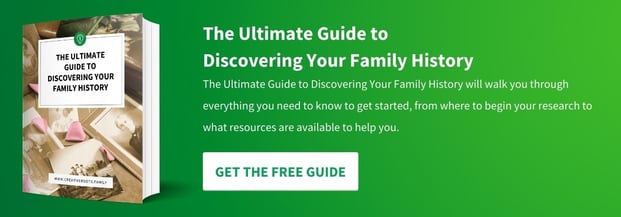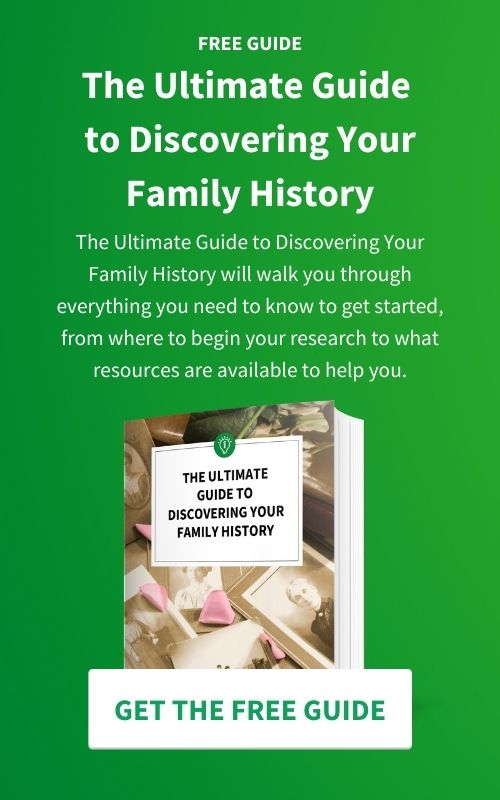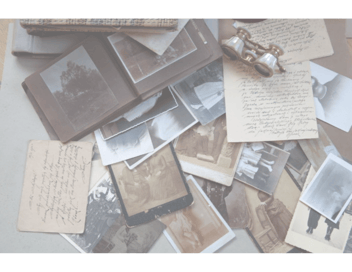How to Trace Your Family Tree
Are you interested in learning about your family history but don't know where to start? Tracing your family tree can be a rewarding experience, but it can also be a bit overwhelming. In this step-by-step guide, we will be discussing how to get started tracing your family tree. We will cover topics such as where to find information about your ancestors, how to organize your findings, and how to share your results with your family. By the end of this post, you will have a better understanding of how to get started tracing your family tree.
Step 1: Choose a Starting Point
The best way to start tracing your family tree is to start with yourself and work backwards. Gather as much information about yourself as possible, including your full name, date of birth, place of birth, names of parents and grandparents (if known), etc. Once you have this information, you can begin researching public records such as birth certificates, marriage licenses, death certificates, census records, immigration records, and naturalization papers. These documents can provide valuable clues about your ancestors’ lives and help you build a more complete picture of your family history. Another way to get started is to ask family members if they would be willing to share what they know with you. Even if they don’t have much information themselves, simply knowing their full name and date/place of birth can give you a good starting point for further research into the public records mentioned above.
Step 2: Gather Information
When you first start to trace your family tree, it is important to gather as much information as possible. Start by talking to your elders and other relatives. They may have stories or old photographs that can give you clues about where to look for records. You can also search online databases and websites for information about your surname, town of origin, or specific ancestor names. Once you have gathered all the information you can find, begin organizing it into a family tree chart. This will help you keep track of what you know and identify any gaps in your knowledge so that you can focus your research efforts accordingly.
Step 3: Organize Your Findings
Organizing your findings can seem daunting, but there are some simple ways to keep everything straight. First, create a folder for each ancestor you’re researching. Within each folder, include information on that person’s birth, marriage, death and any other relevant facts. As you find new documents or records related to an ancestor, be sure to file them away in the appropriate folder. Another way to organize your findings is by using a family tree chart. This will help you see how everyone is interconnected at a glance. You can also use this as a starting point for further research – simply pick one branch of the family tree and start digging deeper! Finally, don’t forget to save digital copies of all your important documents and photos. Backing everything up onto an external hard drive or cloud storage service will ensure that your precious memories are safe even if something happens to your computer.
Step 4: Research Your Ancestors
There are a few ways to get started researching your ancestors. If you have time, patience and basic internet research skills, you can likely find most of the information you're looking for on your own. However, if you don't have much time or aren't sure where to start, there are professional genealogists who can help. The first step is to gather as much information as you can from family members. Ask older relatives about their parents, grandparents and great-grandparents. Write down everything they remember including full names (maiden name for women), dates and places of birth, marriage and death; occupation; religion; any migration stories; etc. Once you have this basic information written down, it's time to start digging deeper. Utilize online resources such as ancestry websites, census records, immigration records, and public records to gather more information about your ancestors.
Don't be afraid to reach out to other researchers or distant relatives who may have information or insights that can help you in your search. With enough research and persistence, you may be able to uncover fascinating stories and connections that connect you to your past in meaningful ways.
Remember that genealogy research is a process that takes time and effort, but the rewards can be significant, including a deeper understanding of your family history and cultural heritage.
Conclusion
If you're interested in tracing your family tree, there are a few things you should know before getting started. First, you'll need to gather as much information as you can about your ancestors. This includes birth, marriage, and death dates, as well as any other information you can find about their lives. Once you have this information, you can begin to piece together your family tree. There are a number of resources available to help you trace your family tree, including online databases and books. You can also hire a professional researcher to help you find information about your ancestors. Tracing your family tree can be a fun and rewarding experience. It can also help you to better understand your place in the world and your family's history. So, if you're ready to get started, gather your information and start piecing together your family tree today.


Article by Carol Walsh
Carol Walsh is the CEO of Creative Roots, a professional genealogy company. She has a passion for preserving family history and storytelling. Carol's research methodology centers around fact-finding and publishing in a format that readers can use to preserve the stories. Her ultimate goal is to help families connect with their past and each other.





